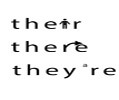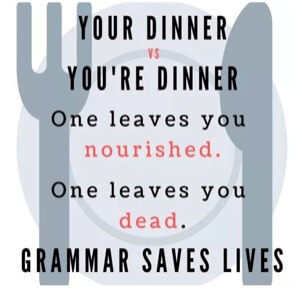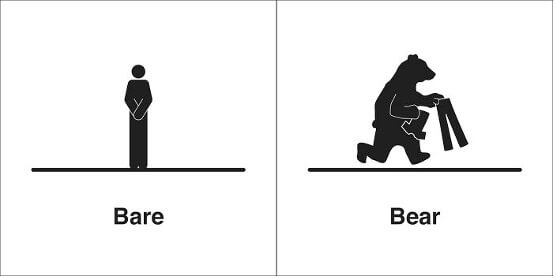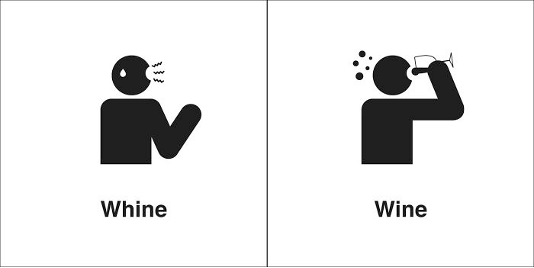The Google search for funny homophones reveals more than 10 pages under headings like “hilarious homophones,” “dirty homophones,” “homophones memes,” and “English homophones that make you look stupid.” Why are they so funny? Because when we make a homophone error, the meaning of the phrase or sentence changes and is often confusing, but more importantly, a comedic picture often results. While funny, these vocabulary faux pas can undermine a writer’s credibility in costly ways. This article will take a deep dive into what they are, the pitfalls of making homophone errors, and some reputation saving advice for avoiding them.
What are Homophones?

Homophones are words that sound the same but have different spellings and meanings. The word homophone is derived from combining the Greek words for homo (meaning same) and phonos (meaning sound). You know—to, two, and two—there, their, and they’re—you’re and your.
Guess what? Spellcheck just this second asked me to change they’re to their. Jeez, Louise.

Homophones (and the confusion they create) are extremely common in Standard American English. In fact, one source identified more than 6,000 in the English language. Native English speakers may think they have it tough trying to keep homophones sorted, but for a writer whose mother tongue is not English, they can be particularly tricky.
Consider these examples:
- When she saw her first strands of grey hare, she thought she’d dye.
- The frog’s car got toad away.
While comical, these homophone errors are missed by spellcheck and not always easy to catch, even for the most seasoned writers.
The Pitfalls of Making Homophone Errors

We all love to laugh, but we want to laugh with each other, not at each other. In the wrong setting and circumstance, however, readers may spot homophone errors and shudder and flinch in annoyance, rather than chuckle at the humor. In fact, these readers may become so annoyed they stop reading altogether.

Homophone errors can make a writer (or a business) appear sloppy, unprofessional, and untrustworthy. After all, if a writer doesn’t take the time to do a thorough proofreading of their work, how can we trust that they’ve done a thorough job in researching the facts within their writing? Or how can we trust that a business will give our work a fine-tuned attention to detail when they can’t even be bothered to do as much for their own work?
Tips for Keeping Homophones Straight

What’s a writer to do? The dictionary doesn’t always help, and spellcheck is useless in this situation. Spellcheck only recognizes words in the dictionary. It can’t tell the difference between hare and hair or between ate and eight. We have to be smarter than the computer. We have to know what homophones are and know how to be aware of the most common examples.
Often, graphics and memory tricks are used to help us get our homophones straight. Who remembers, “The principal is our pal”? How about “You hear with your ears” to distinguish hear from here?
Homophones are such a bugaboo and source of hilarity that Bruce Worden even created Homophones Weakly to present an assortment of 54 black and white illustrations depicting homophones. How clever are these?



If you know you have trouble with specific homophones, consider keeping a list handy to refer to when writing and proofreading. That’s the hole solution—oops—the whole solution.
Which homophones give you the most trouble? Comment below with your tricks for keeping them straight!
Do you want to avoid OOPSS like these? Subscribe to our blog for more great stories about typographical faux-pas and the best tips for avoiding them. We also offer a full suite of editorial services, including proofreading. Contact us today to discover how we can help you!

